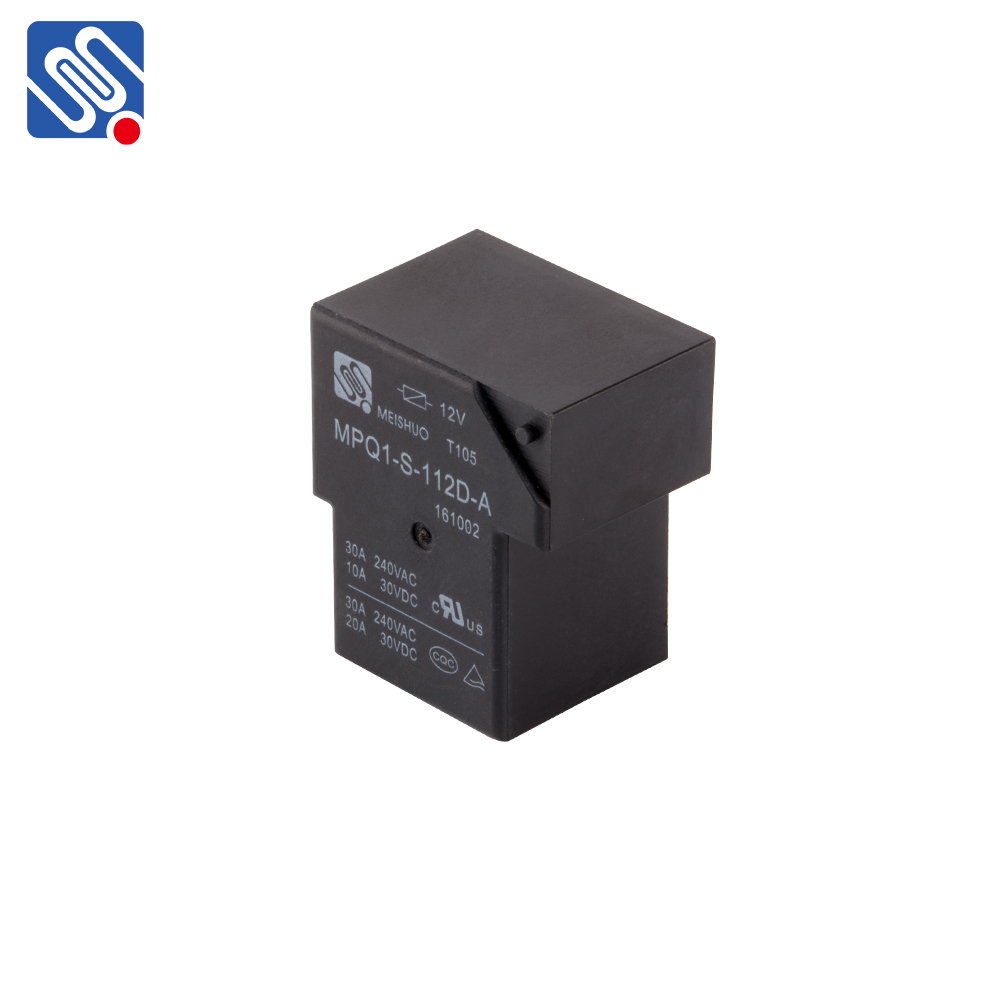understanding relay connections: key components and applications
Release time:2025-04-21 15:11:48
Relay connections are a vital aspect of modern electrical systems, serving as intermediaries to control the flow of electricity in various applications. In simple terms, a relay is an electrically operated switch that uses a small amount of current to control a larger one. It plays an essential role in a range of industries, from telecommunications to automotive systems and even home appliances. Understanding relay connections is crucial for engineers, technicians, and anyone involved in maintaining or designing electrical systems.

What Are Relay Connections?
At its core, a relay consists of an electromagnet, a set of contacts, and a spring mechanism. When an electrical current flows through the electromagnet, it generates a magnetic field, causing the contacts to either close or open, thus controlling the flow of electricity to a different part of the circuit. The main advantage of relays is that they allow low-voltage control circuits to manage high-voltage or high-current circuits safely and effectively.
Relay connections, therefore, refer to the physical and electrical arrangement of these components. These connections determine how relays are wired into a system and how signals are transmitted between them and other components. For example, relays might connect to a microcontroller in a robotic system or to a fuse box in a car. The key feature of relay connections is their ability to isolate and protect circuits by preventing direct connections between high and low-voltage sections.


